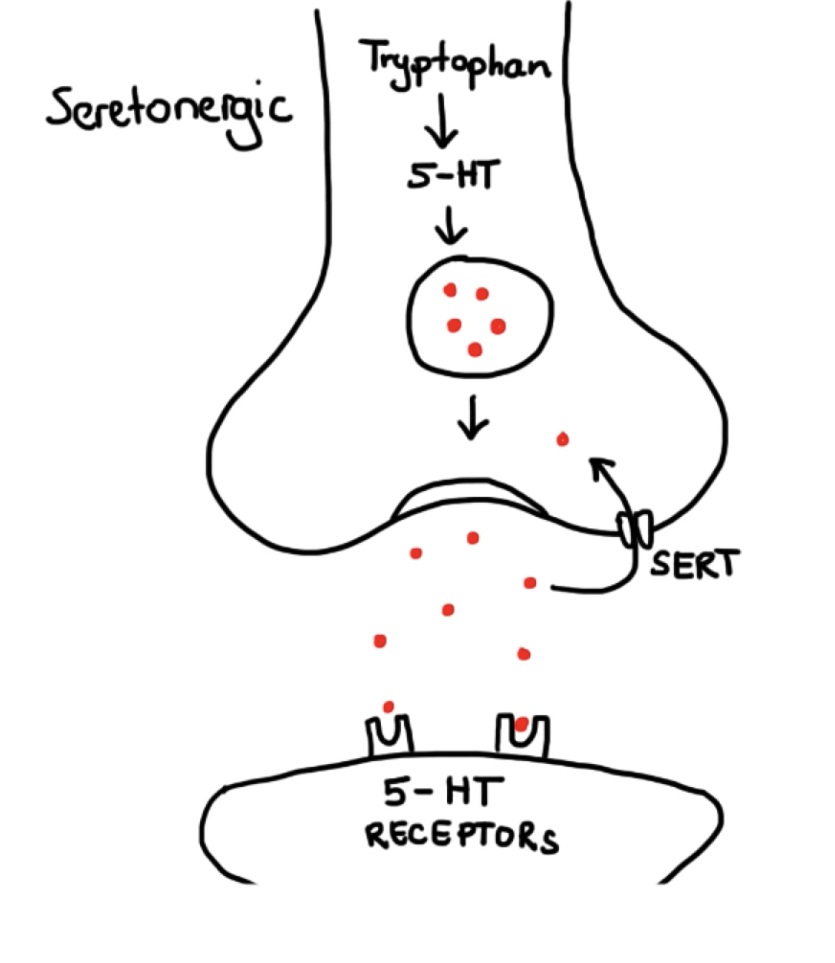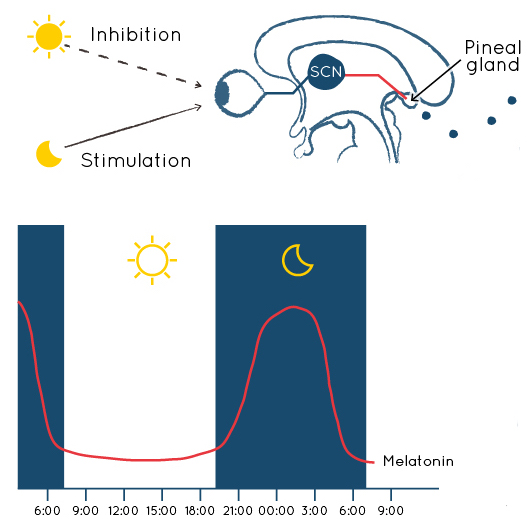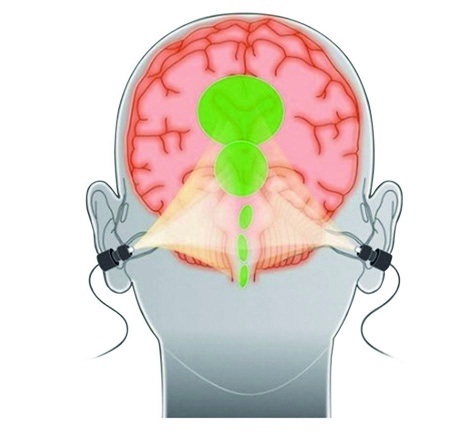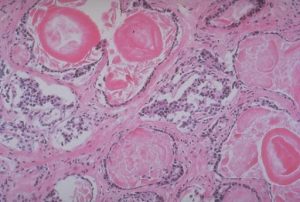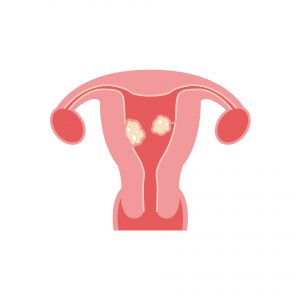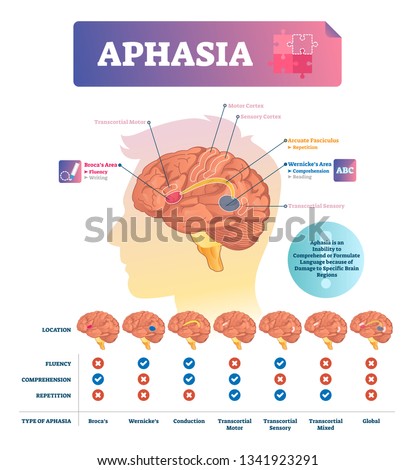Turner is an adolescent male attending university, hoping to achieve his academic dreams. He was always a caring, resilient student, but recently his friends notice his behavior has become unruly. Turner refuses to take care of himself and he lacks motivation to do anything. Every word that comes out of his mouth is a jumbled, disjointed mess with no clear meaning. Voices run through Turner’s head with no end in sight as he loses himself and everyone sees him deteriorating before their eyes. Turner is scared, alone, and trapped.
All of the symptoms that Turner is experiencing are typical symptoms of schizophrenia: a disorder in which one experiences delusions, hallucinations, and a withdrawal from reality. People with schizophrenia struggle to live normal lives as their mental state worsens, ultimately leading to premature death unless dealt with.
Although the term “schizophrenia” has only existed since 1911, reported cases of people with schizophrenic like symptoms began in the 1870s. Scientists have collected years of research on schizophrenia, but even now at the beginning of 2020, the exact cause of this disease is still unknown.
There are a variety of factors that influence a person’s liability to schizophrenia such as environment, upbringing, and especially genetics. This combination makes it so hard to pinpoint the cause of schizophrenia.
Yet, we are closer than ever. A new development in schizophrenia research has narrowed down a potential cause of the disorder to a singular gene: SLC6A1.
SLC6A1 regulates the reuptake of an important neurotransmitter called gamma-Aminobutyric acid (GABA) which is essential for brain development and working memory. Finding this gene was no simple task and took years. It all started with a critical breakthrough about schizophrenic individuals.
In 2015, a research team at the University of Pittsburgh found that one of the key differences between people with schizophrenia and those without is that schizophrenic individuals have impaired GABA transmission which affects their basic cognitive function. From here, a research team at Cardiff University hypothesized that the impairment is genetic since genetic code is the basis for the creation of neurotransmitters. They rigorously worked through thousands of files of genetic data from the EU biobank of schizophrenic and non-schizophrenic people, cross-referencing each until they found copy-number variants (variations of strings of nucleotides in genetic code) that were common between people with schizophrenia.
Finally, the team performed, “the largest analysis of coding in schizophrenia to date.” They gathered 674 schizophrenic genetic trios (trios composed of two parents with schizophrenia and one child) to analyze the copy-number variants present in their DNA sequences. To their discovery, they found that it was common that within these trios, either one or more had a mutated version of SLC6A1 that impairs GABA transmission. This alters brain development and increases risk to schizophrenia. Being able to narrow down the impairment of GABA in schizophrenic individuals makes this a significant development because it weaves previously known information with new information, cluing researchers in that they are moving in the right direction.
With this major advancement on hand, the next question begs to be asked, where do we go from here?
Robert Cotes, a doctor at Emory Psychiatry, said in an interview with Sanjay Gupta that, “we have made a lot of advancement in the study of schizophrenia and then the etiology and in the neurobiology of schizophrenia. Unfortunately, I don’t know how much of those have really translated to improved outcomes.”
It is devastating that most of the discoveries in schizophrenia research go unfollowed or lead to dead-ends. According to the Treatment Advocacy Center, Schizophrenia affects 1% of the world population and numbers keep rising. In the US alone, approximately 2.6 million people aged 18 and older are have schizophrenia with an estimated 40% of individuals with the disorder going undiagnosed. Schizophrenia is becoming more of a problem now than ever.
There are many directions to go from here. The current focus is on confirming the results from Cardiff University and helping to improve the quality of life of people with schizophrenia. This study is the first of its kind. The team acknowledges in their paper that their sample size is too small to make any large generalizations, but they are hopeful that the discovery of mutated SLC6A1 will help push for more researchers to find other genes/mutations that cause schizophrenic like symptoms. With more studies on specific genes in relation to schizophrenia, research will be able to confirm or deny the current findings, helping to determine if they are truly significant.
The team also hopes to inspire others to start producing new, more effective, and updated medications/treatments that target SLC6A1 to subdue schizophrenic symptoms. This will help ease people with schizophrenia and help them get back to living their normal lives without the worry of having a schizophrenic attack.
Of course, the ultimate goal for any health ailment is to find the cure. With enough time, technology, and research, it will be possible to stop the effects of mutated SLC6A1 completely. For example, a combination of gene therapy with this new knowledge can be used to fix the mutation, essentially creating a possible cure for schizophrenia. If SLC6A1 truly is the cause of the disorder, it may be completely eradicated in the coming years.
Even if the cure for schizophrenia does not come out of this new study, the cure is on the horizon. There should be a greater push for schizophrenia research and now is not the time to slow down. With more work, it will be possible to help people like Turner and millions to get their lives back from the grasp of this destructive disorder. People with schizophrenia no longer need to feel scared, alone, and trapped. Soon, we can help them become confident, included, and free.
By: V. Palanivel
References:
Bergen, S. E., Ploner, A., Howrigan, D., O’Donovan, M. C., Smoller, J. W., Sullivan, P. F., et al., (2019). Joint contributions of rare copy number variants and common SNPs to risk for schizophrenia. American Journal of Psychiatry, 176(1), 29-35. doi:10.1176/appi.ajp.2018.17040467 https://ajp.psychiatryonline.org/doi/10.1176/appi.ajp.2018.17040467
Frankle, W. G., Cho, R. Y., Prasad, K. M., Mason, N. S., Paris, J., Himes, M. L., et al., (2015). In vivo measurement of GABA transmission in healthy subjects and schizophrenia patients. American Journal of Psychiatry, 172(11), 1148-1159. doi:10.1176/appi.ajp.2015.14081031 https://ajp.psychiatryonline.org/doi/pdf/10.1176/appi.ajp.2015.14081031
Gupta, Sanjay. (2014). Why Is Schizophrenia So Hard to Treat?. Everyday Health. https://www.everydayhealth.com/hs/schizophrenia-caregiver-guide/sanjay-gupta-why-is-schizophrenia-so-hard-to-treat/
Rees, E., Han, J., Morgan, J., Carrera, N., Escott-Price, V., & Pocklington, A. et al. (2020). De novo mutations identified by exome sequencing implicate rare missense variants in SLC6A1 in schizophrenia. Nature Neuroscience. doi: 10.1038/s41593-019-0565-2 https://www.nature.com/articles/s41593-019-0565-2
Treatment Advocacy Center. (2020). Schizophrenia – Fact Sheet https://www.treatmentadvocacycenter.org/evidence-and-research/learn-more-about/25-schizophrenia-fact-sheet
Image Credits:
Stress in Mind, Adobe Stock, https://cdn.mindful.org/StressMind.jpg?q=80&fm=jpg&fit=crop&w=1400&h=875





